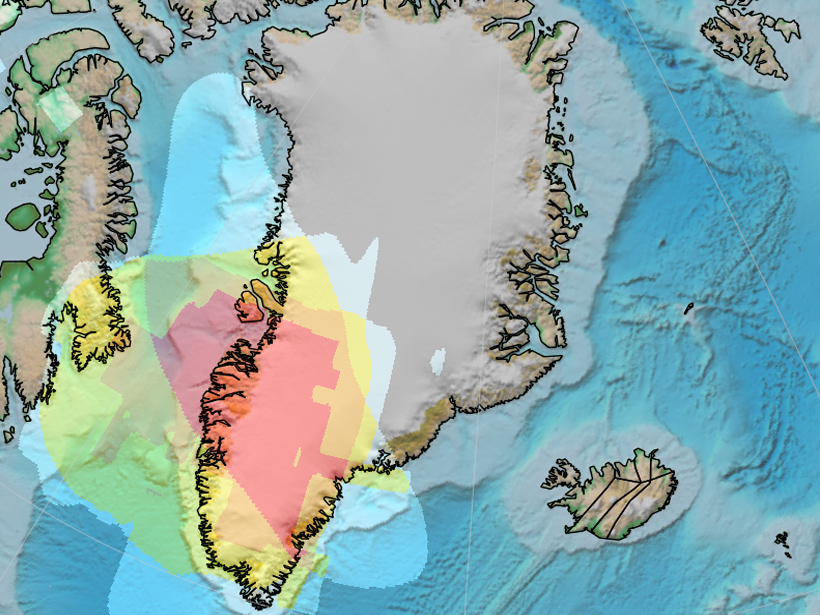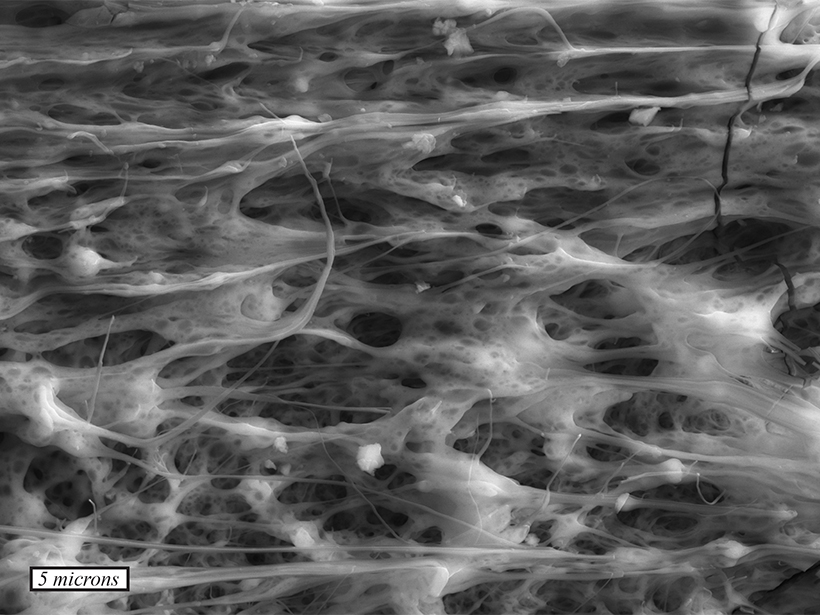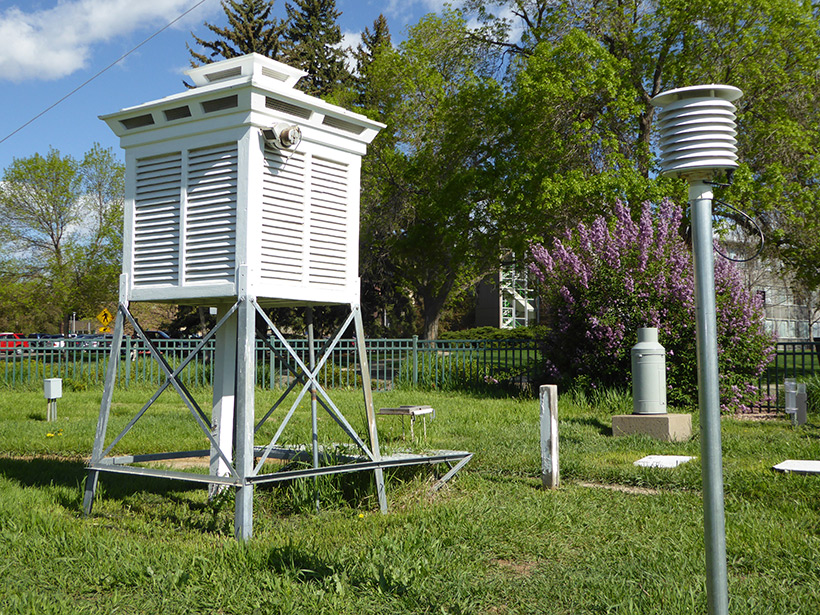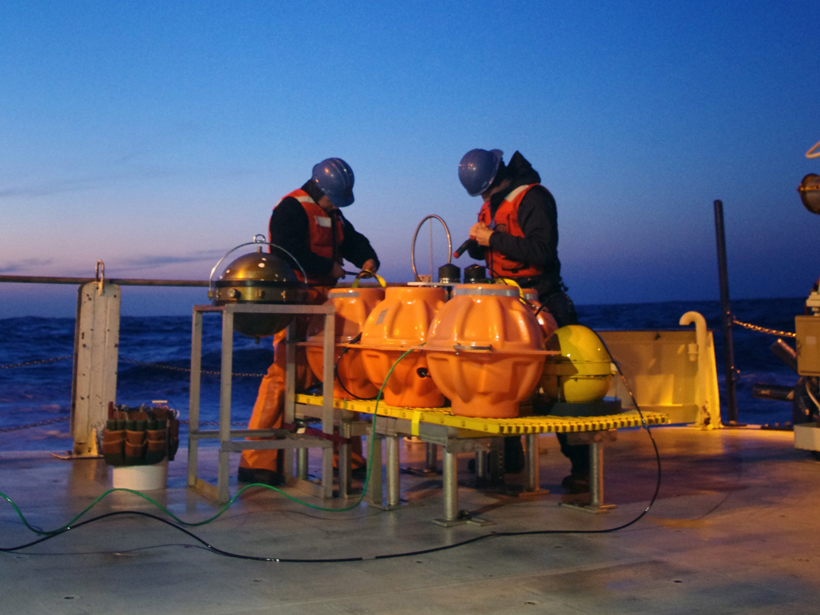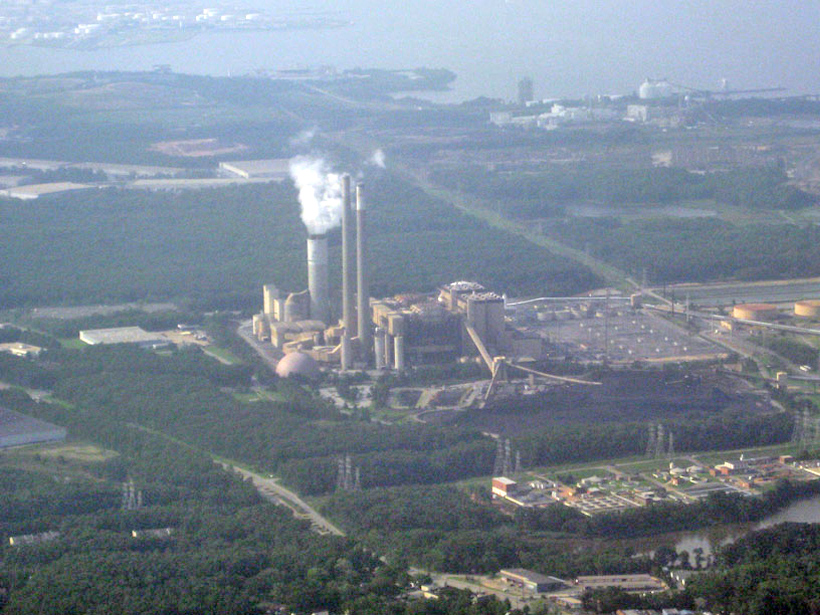A new modeling study gives insight into how tropical cyclones affected ecosystems in the southeastern United States between 2002 and 2012.
Research Spotlights
Research spotlights are plain-language summaries of recent articles published in AGU’s suite of 24 journals.
Can Solar and Space Physics Students Find Research Careers?
Research shows that 80% of graduate students who received their Ph.D. between 2001 and 2009 continued to publish for at least 3 years, and 60% are still publishing.
Chemical Boosts Ozone Production over Southern China
The presence of nitryl chloride in polluted urban air can enhance the production of ozone by up to 41%, according to a new modeling study constrained by ground-based measurements.
Evidence of an Extinct Ocean Basin Detected Beneath Greenland
An analysis of a seismic and gravity anomaly discovered in the middle mantle sheds new light on ancient oceans, the mantle's evolution, and ancient magmatism in the Arctic.
Pluto's Interactions with the Solar Wind Are Unique
Space physicists say that Pluto's atmosphere interacts with the solar wind in a never-before-seen hybrid way, one that's both comet-like and planet-like.
Flash Heating May Lubricate Rubbing Rock Faces in Earthquakes
A new laboratory study examines the small-scale physics at play as two pieces of granite are smashed together in a scaled-down version of a real earthquake.
Toward a Reassessment of Daily Temperature Range Trends
To reduce the uncertainty associated with this important climate change index, recent studies have developed a new diurnal temperature range data set and compared the results to previous estimates.
Streamlining Rapid Tsunami Forecasting
With enough sensors, traditional forecasting methods could be replaced by models continuously updated with real-time wave data.
Mysterious Heavy Ion Beams Above Mars Explained
NASA's latest mission to Mars has uncovered the origins of fast-moving streams of particles high above the planet, flowing against the solar wind.
Evaluating the Impact of Maryland's Healthy Air Act
Reducing emissions of short-lived gaseous sulfur pollutants from power plants had an immediate, local benefit, but controlling longer-lasting harmful particulate matter will require regional action.




